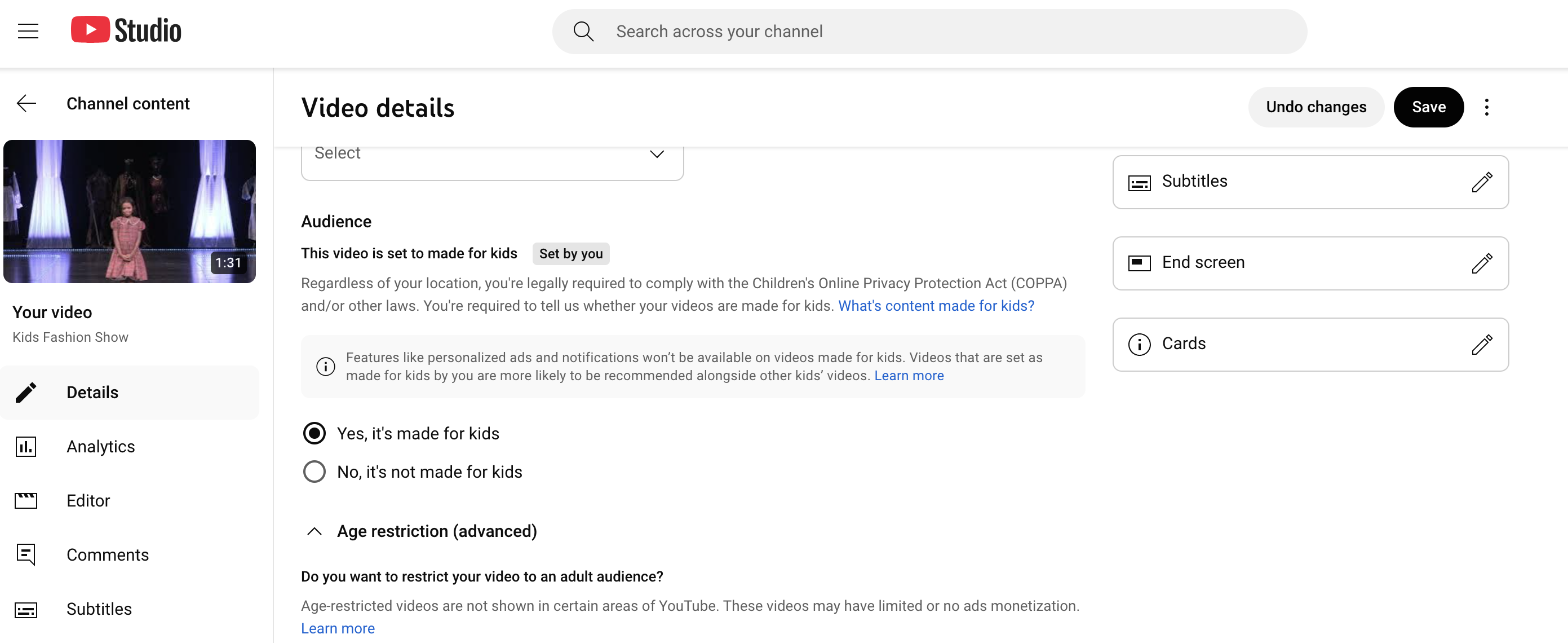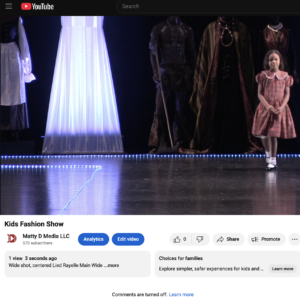
Why Marking Business Marketing Videos as “Made for Kids” is a Costly Mistake
When publishing marketing content on YouTube, selecting the right audience category is crucial for ensuring that your videos reach the right viewers and gain traction. However, some local business videos are mistakenly categorized as “made for kids,” which leads to unintended consequences. While this may seem like a minor oversight, it actually has a significant impact on both audience targeting and engagement. Let’s break down why this mistake can hinder the success of your content.
1. Targeting the Wrong Audience
One of the biggest issues with marking a business’s marketing videos as “made for kids” is that it misdirects YouTube’s recommendation algorithm. When a video is categorized for children, YouTube prioritizes showing it to younger viewers, assuming the content is designed to be child-friendly. This becomes a major problem when the actual target audience consists of adults who are interested in the business’s products, services, or industry.
If the wrong audience is served the video, it results in lower watch times, fewer clicks, and reduced effectiveness. YouTube’s algorithm learns from audience interactions, so if children quickly click away from the video, it signals to YouTube that the content is not engaging—leading to even fewer recommendations. Instead of reaching potential customers who could benefit from the information, the video gets buried in a sea of irrelevant content, making it much harder to achieve its intended marketing purpose.
Where to Find the “Made for Kids” Checkbox in YouTube’s Video Settings

2. Reduced Engagement and Limited Organic Growth
Another major drawback of mislabeling a business’s marketing videos as “made for kids” is the automatic disabling of comments. YouTube enforces strict rules to protect young viewers, and one of those rules is turning off comments on all content designated for children. Unfortunately, this restriction severely limits engagement opportunities.
When comments are disabled, potential customers cannot ask questions, share their own experiences, or express interest in the business. This lack of interaction prevents the video from generating discussions that can boost visibility through YouTube’s engagement metrics. Comments also play a critical role in helping a video gain traction—videos with high engagement are more likely to be recommended to others. Without this function, the chances of the video going viral organically are significantly reduced.
Conclusion
Accidentally labeling marketing videos as “made for kids” can greatly hinder their reach and impact. Ensuring that your content is correctly categorized allows it to be seen by the right audience and encourages organic engagement—both of which are essential for maximizing the effectiveness of your videos.
There are drawbacks when “Comments are Turned Off”





